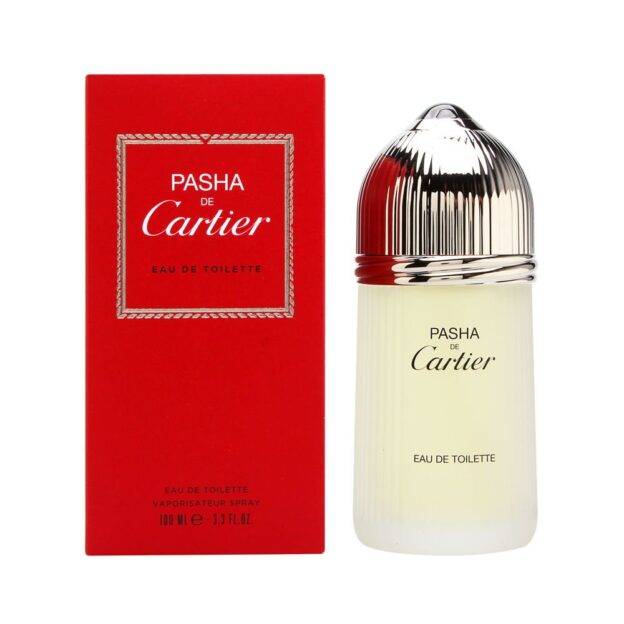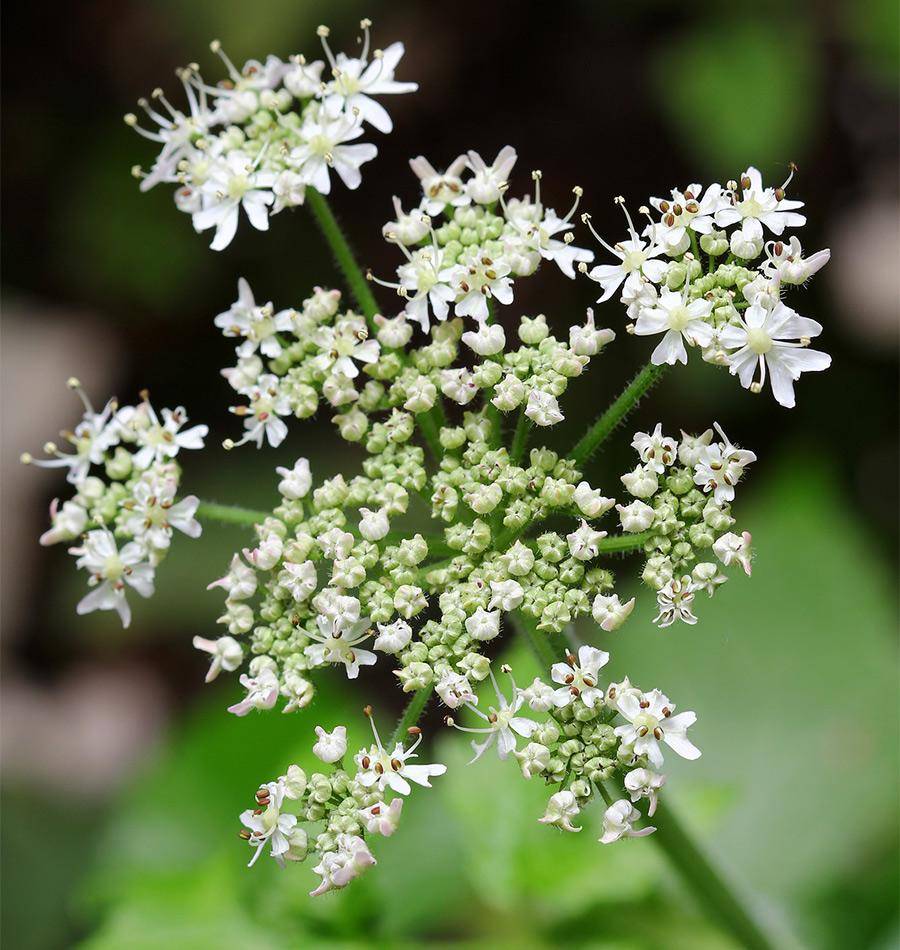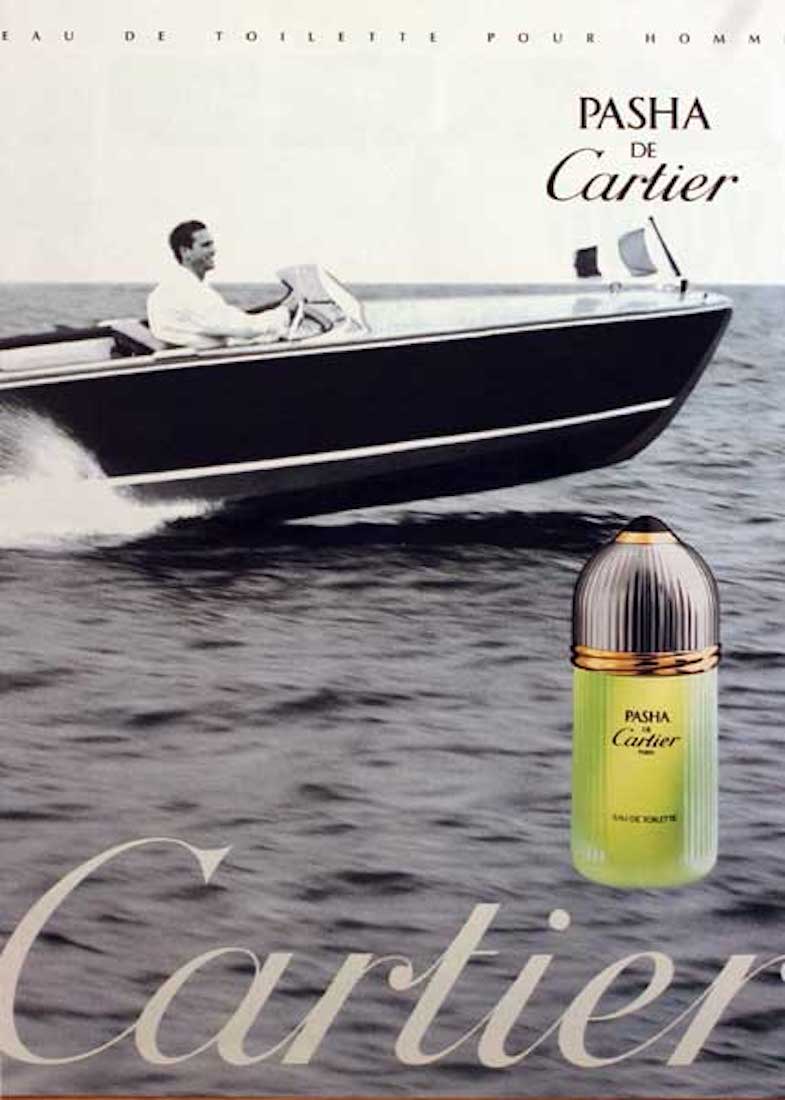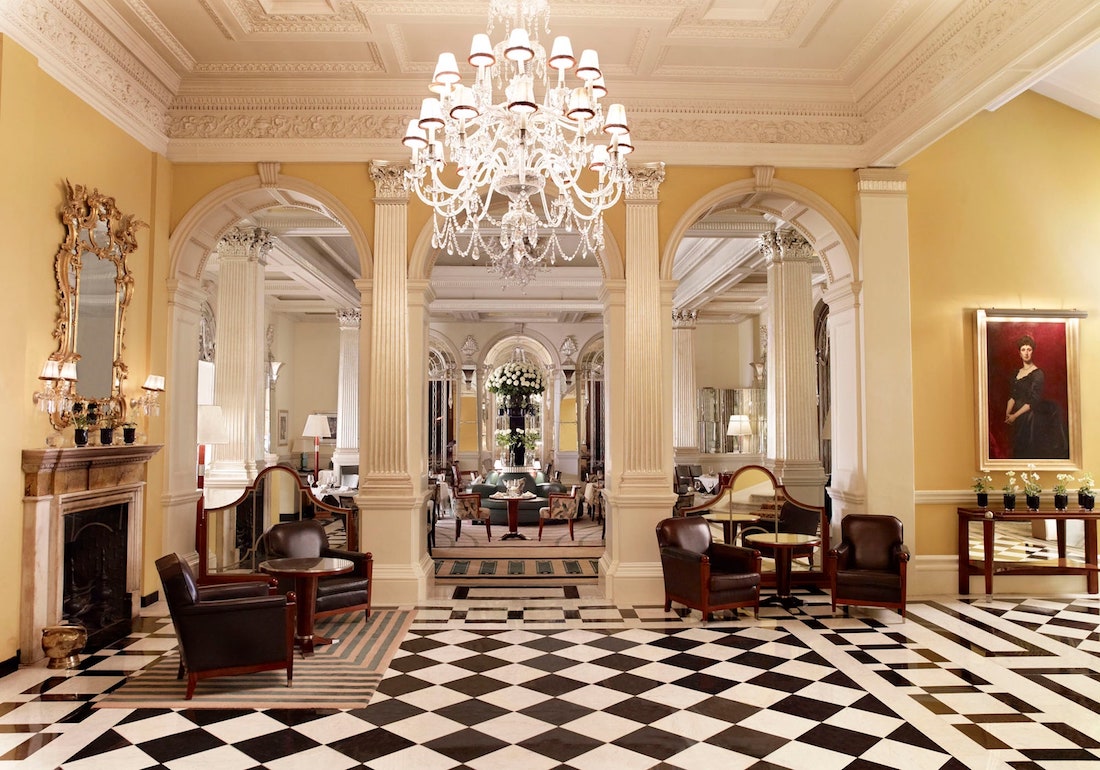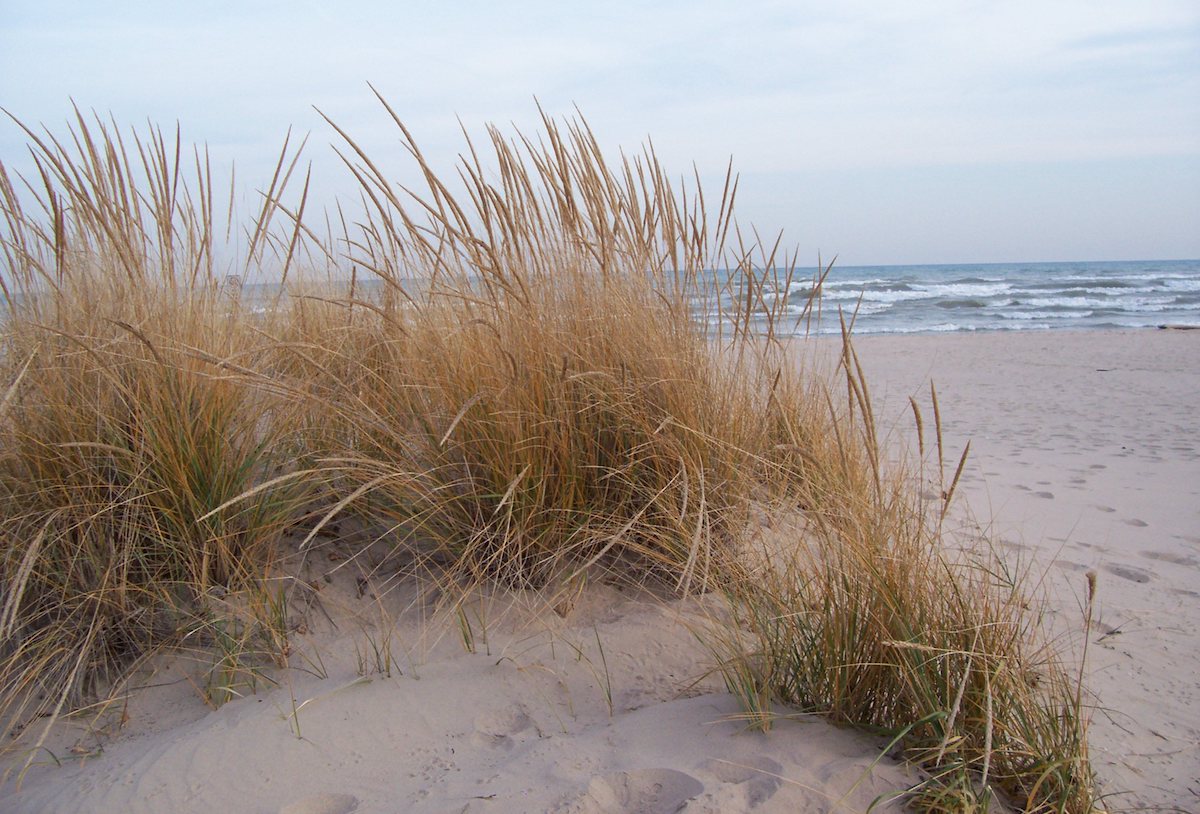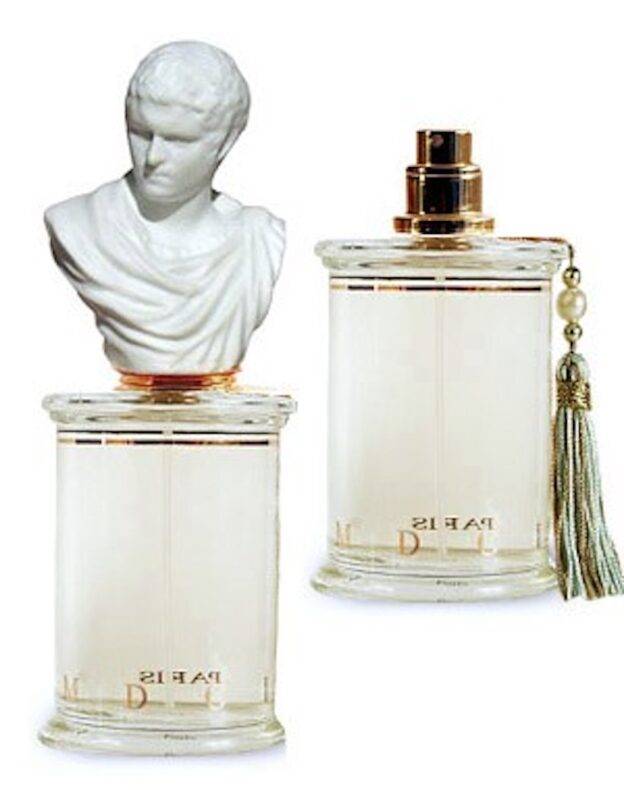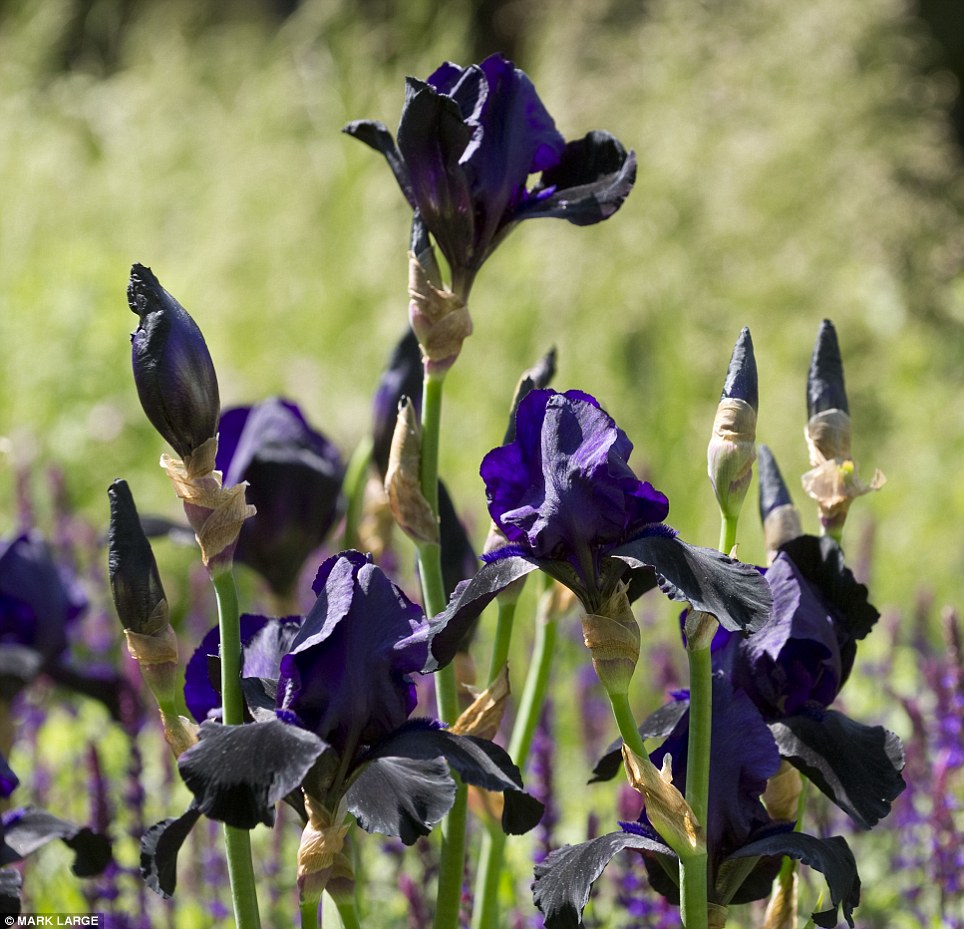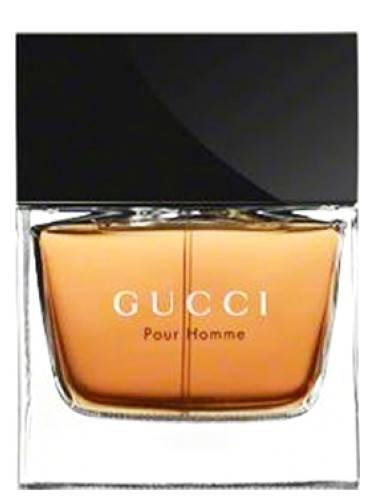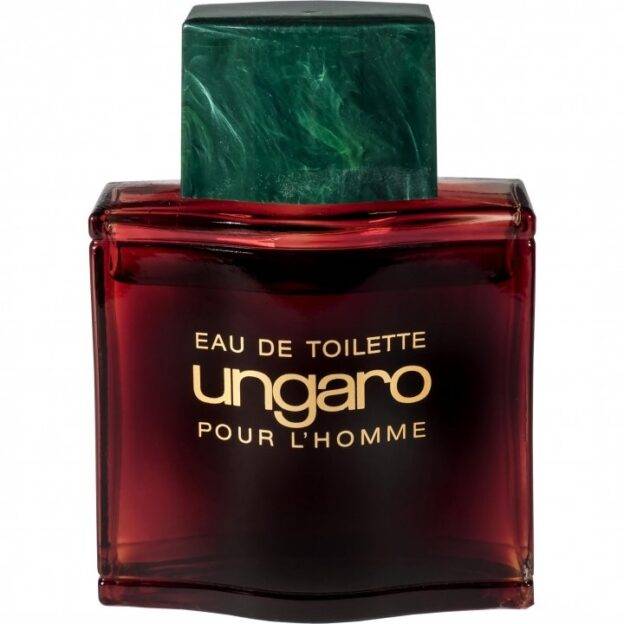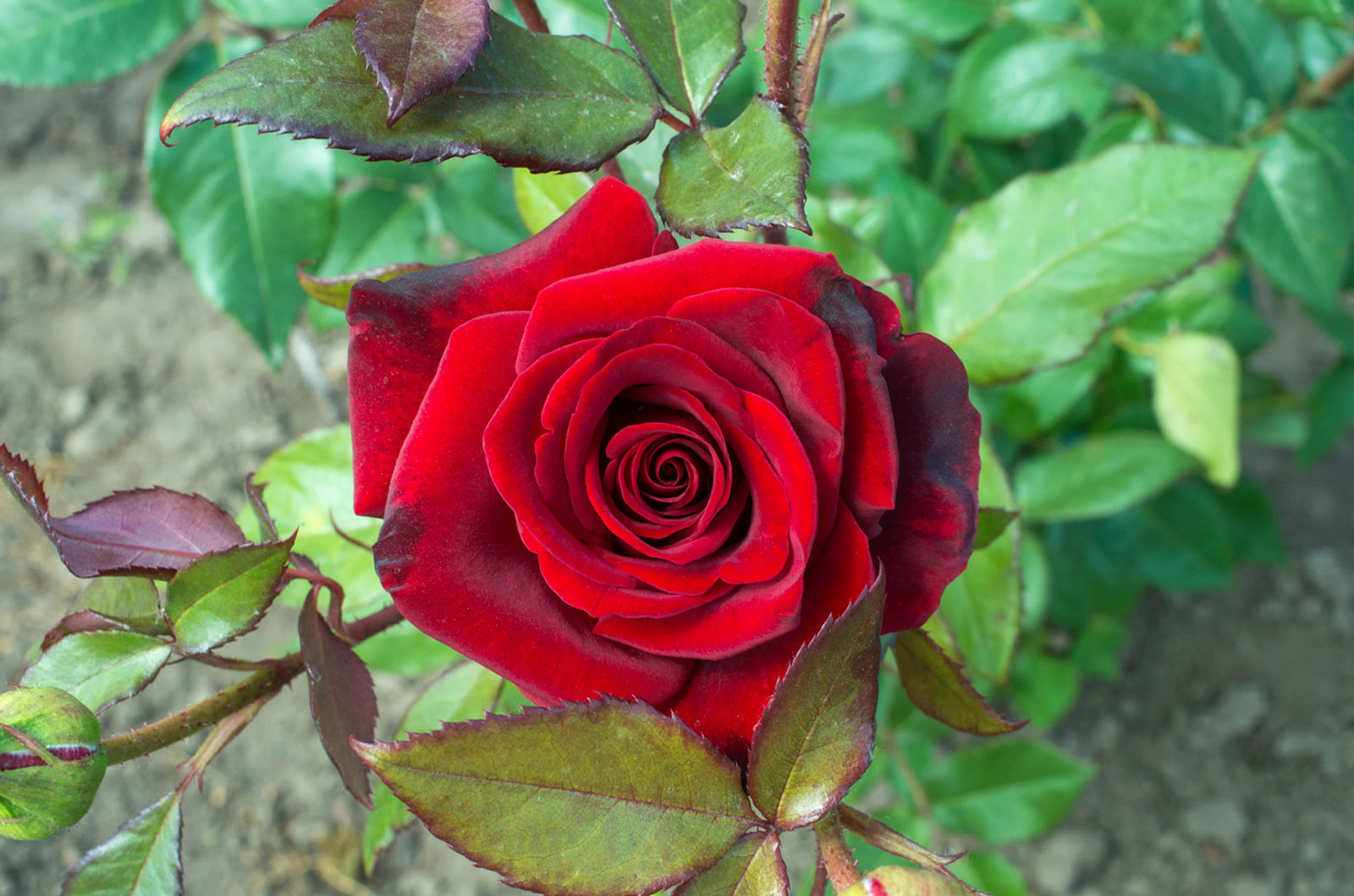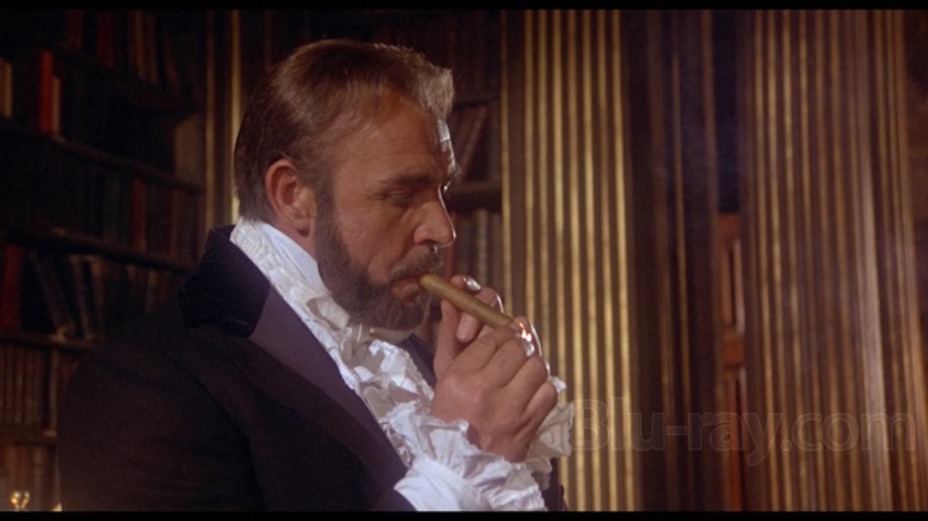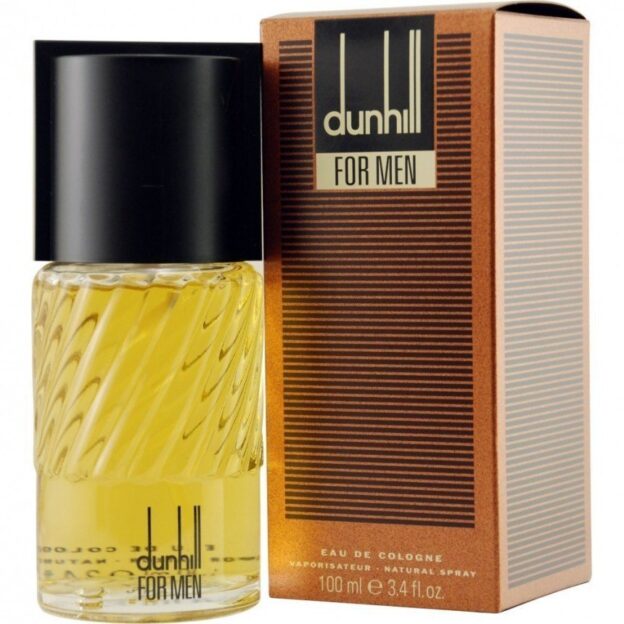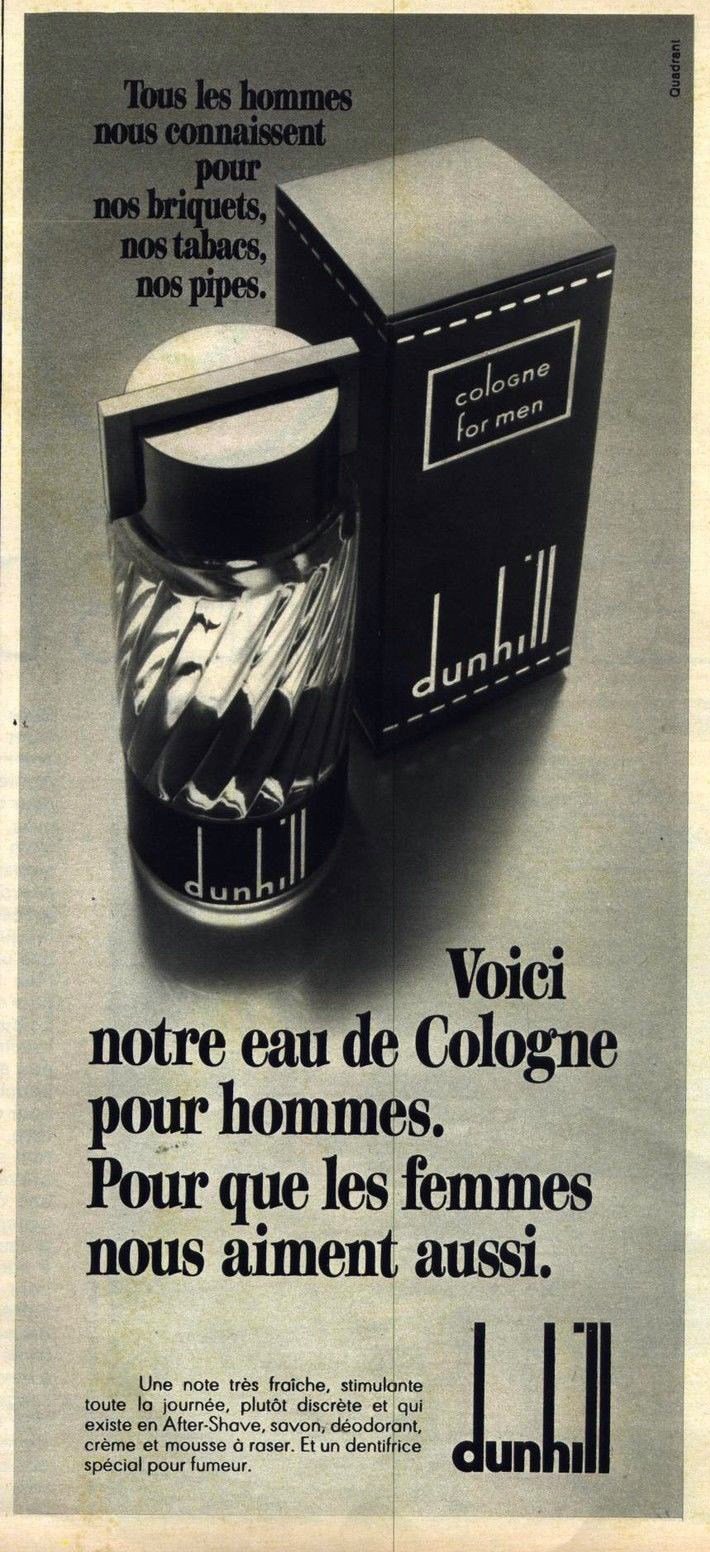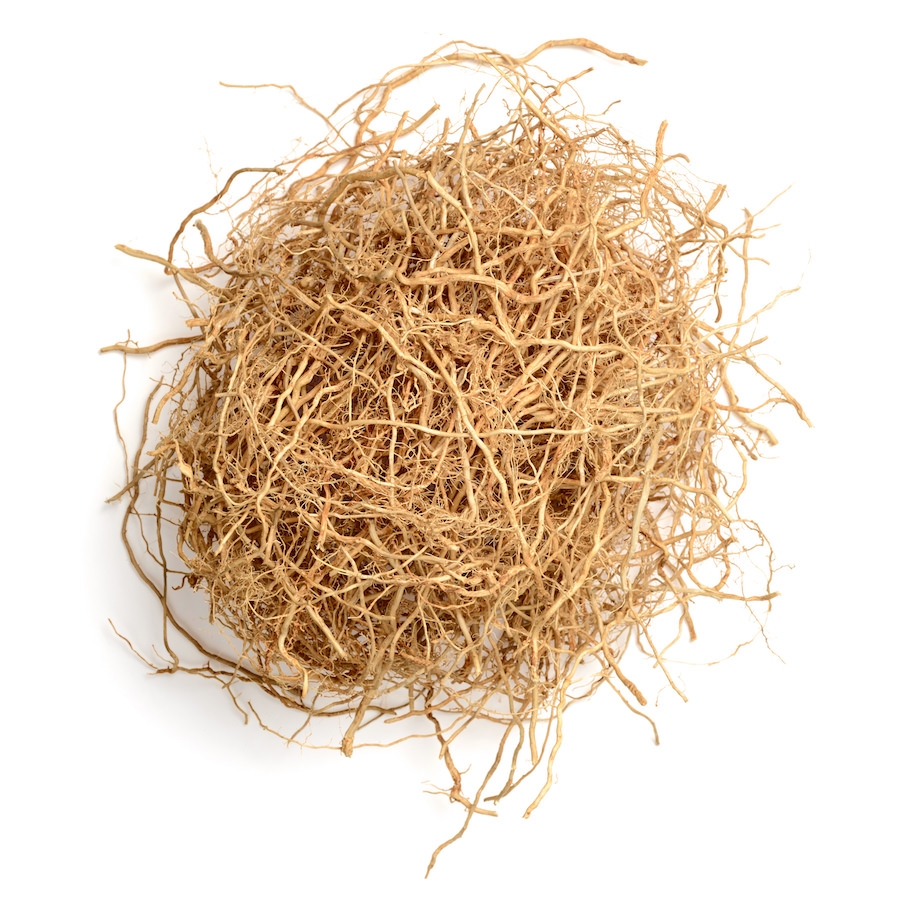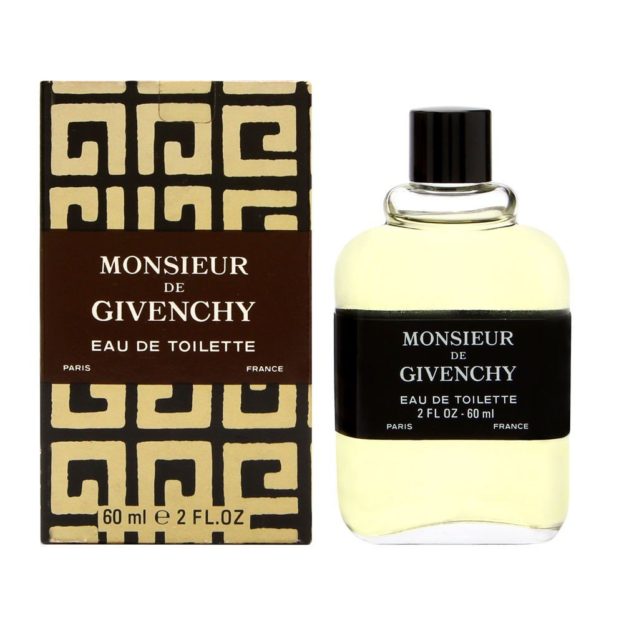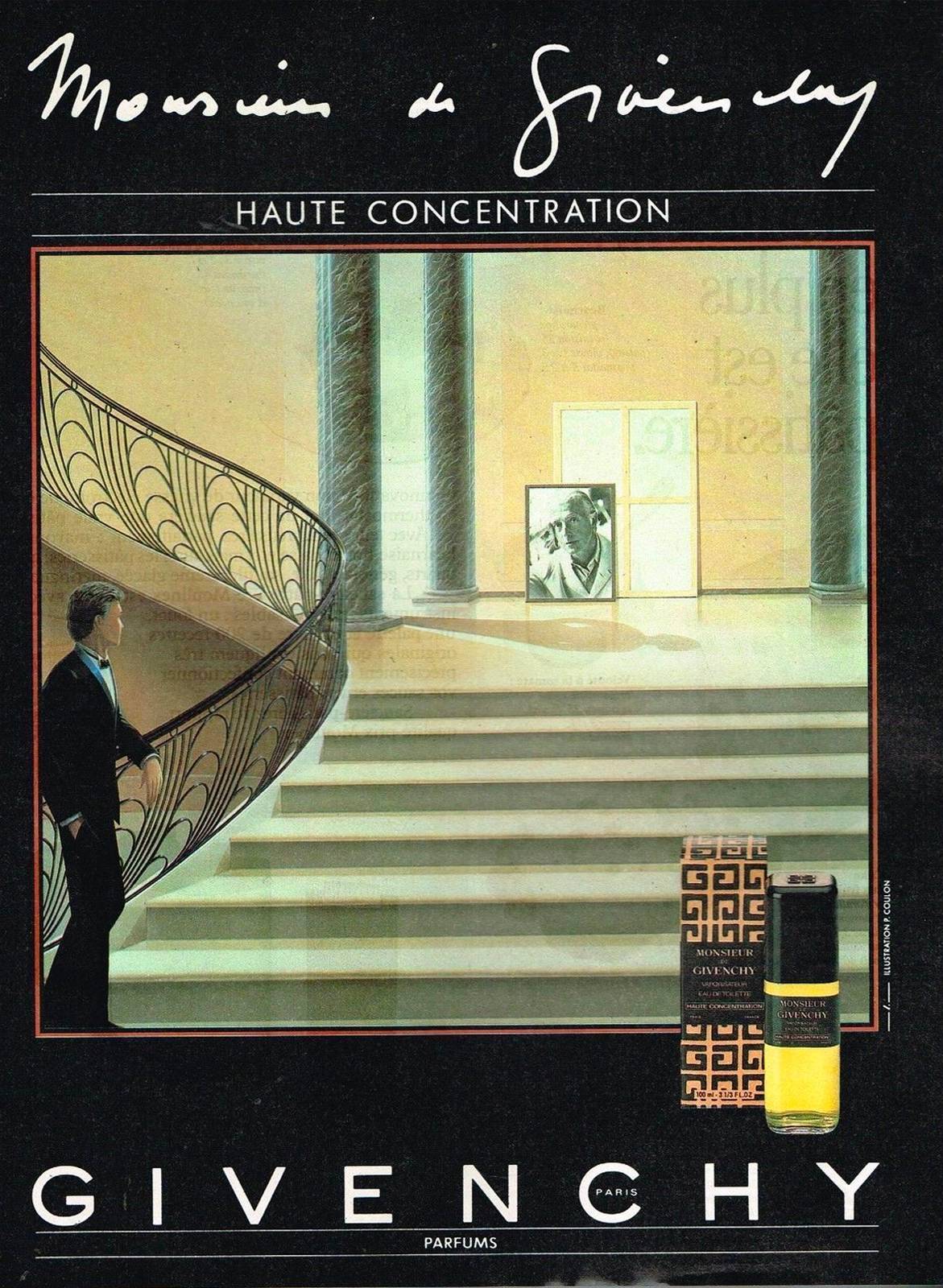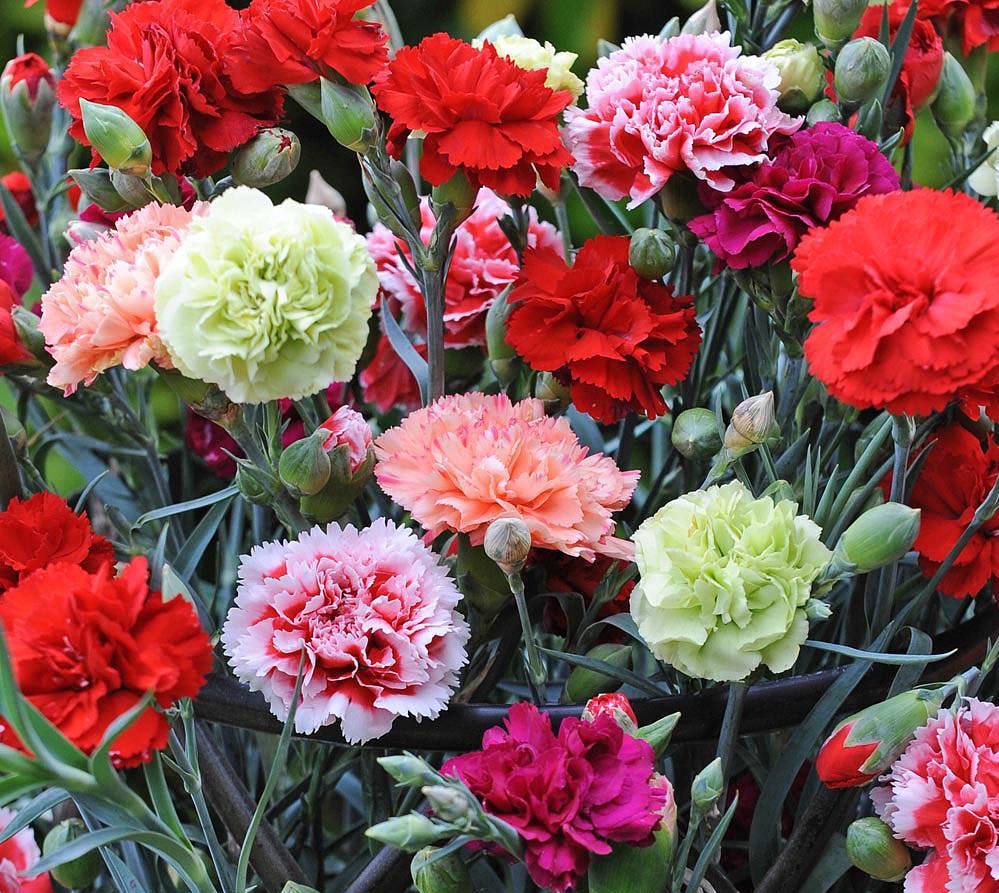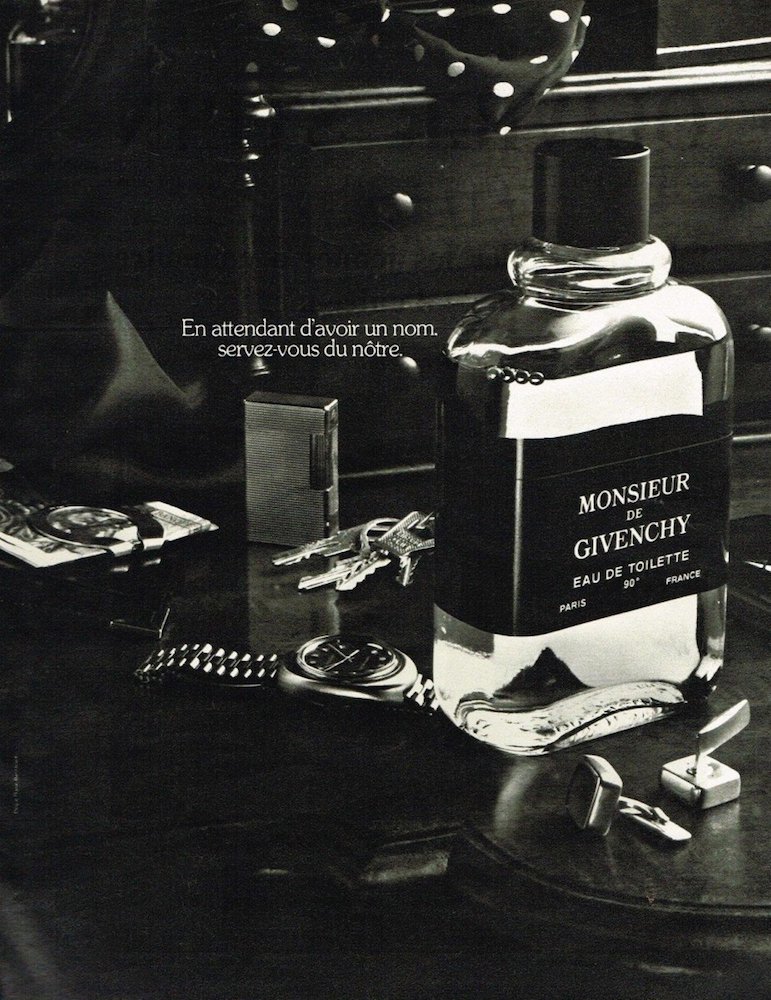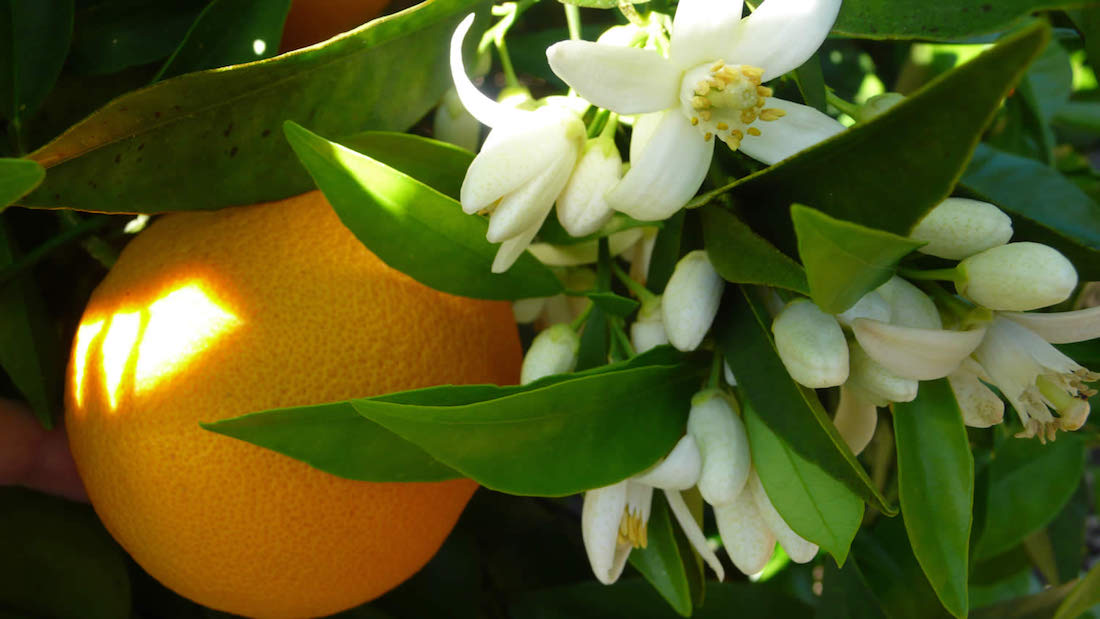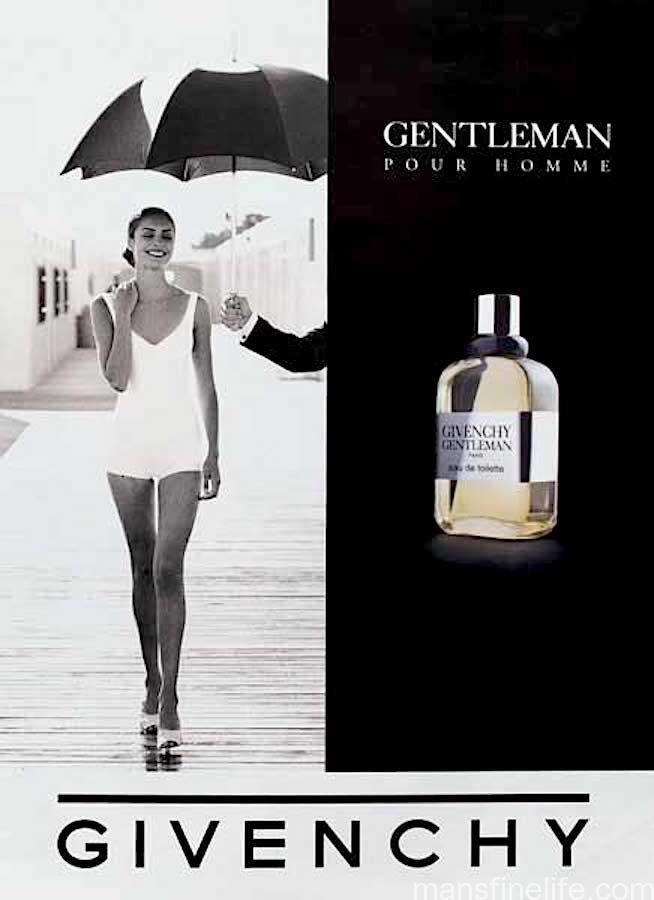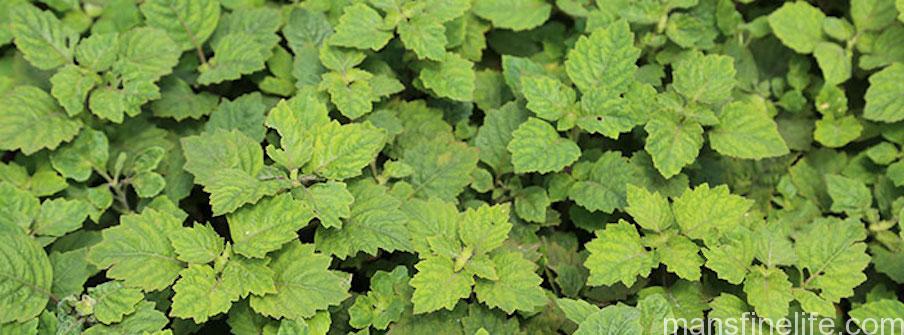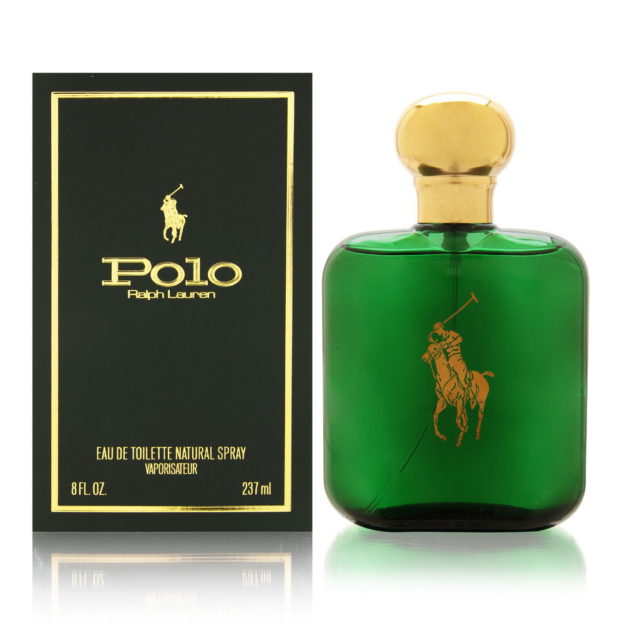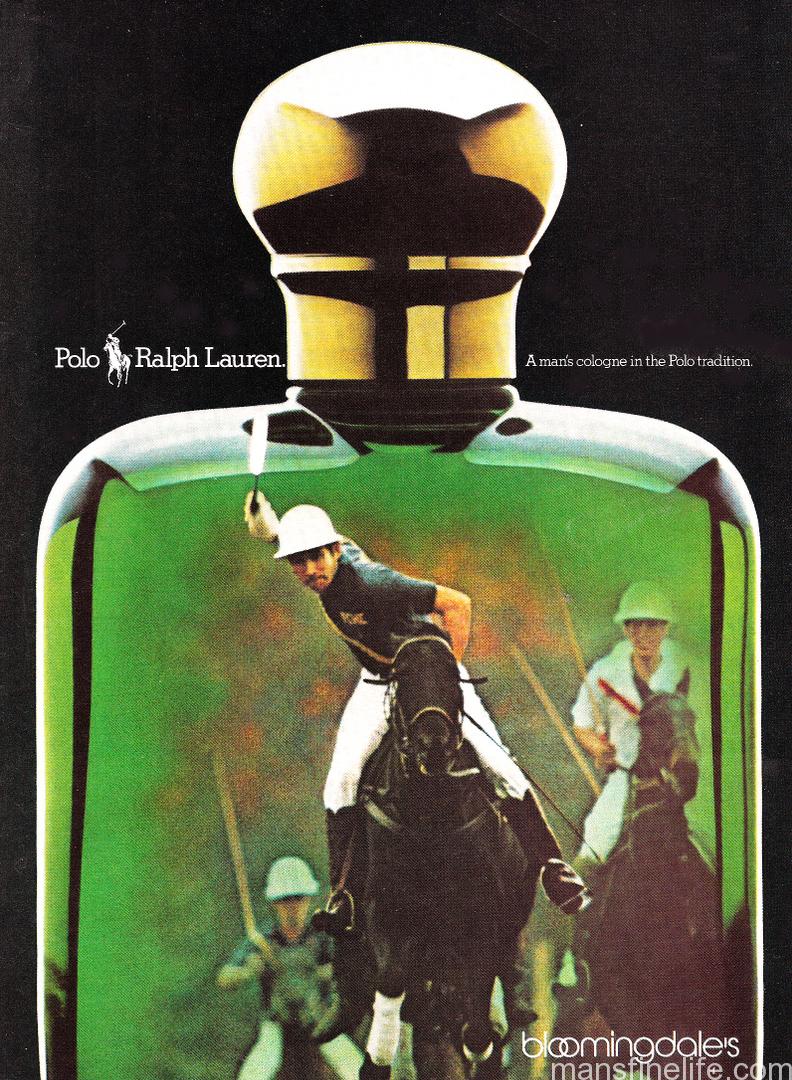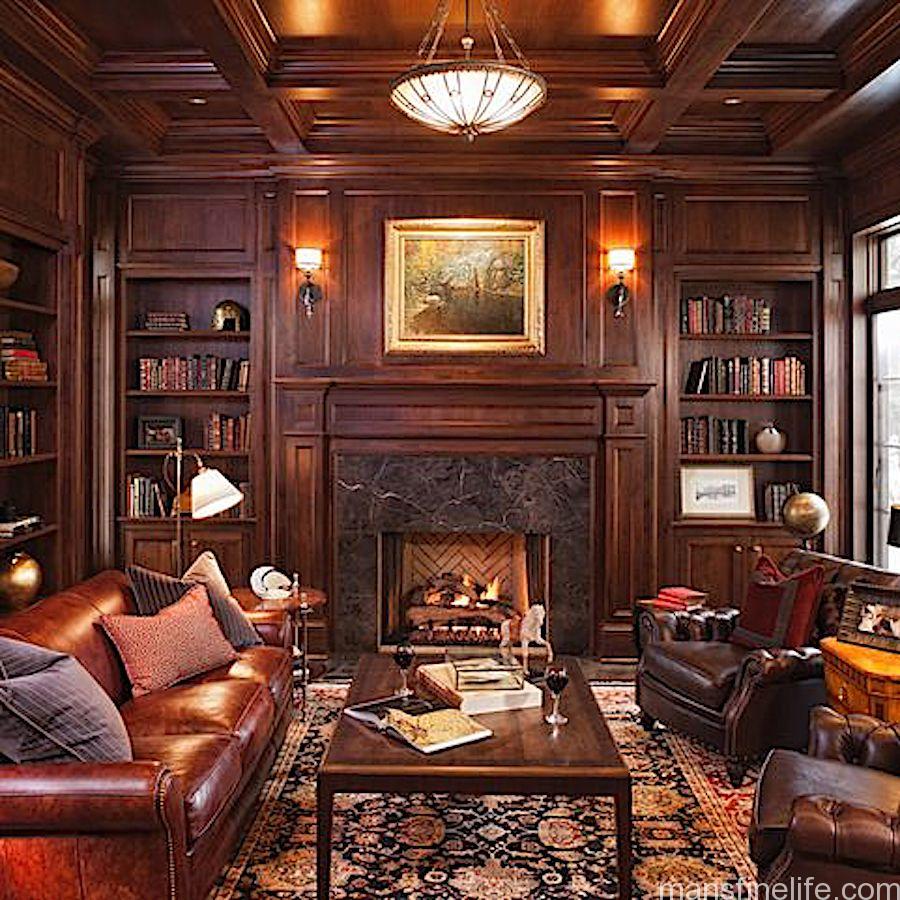Pasha de Cartier is a very interesting, reasonably daring but, at its core, classic and conservative men’s fragrance. Created in 1992 by famed nose Jacques Cavallier, auteur of such varied artistic and commercial successes as Bvlgari’s Aqva Pour Homme, L’Eau d’Issey Pour Homme and a yin-yang duo for Yves Saint Laurent, the archetypal male oriental, Opium Pour Homme, and the throwback wet-shaver fougère, Rive Gauche Pour Homme (among many others), Pasha is variously listed as a Woody or Fresh Aromatic but is more of a typical fougère top grafted onto a somewhat Oriental-style heart and base. That twist is where the interest lies for this yellow juice in the ornate, ribbed, bullet-shaped flaçon. As others more knowledgeable than I have noted, Pasha seems like a kind of bridge between old school barbershop scents and the last gasp of pre-aquatic, spicy masculine semi-but-not-really-powerhouses like the boozy Ungaro pour L’Homme III and the spice-rack-in-a-bottle that is Halston’s Catalyst. Pasha is frequently compared to YSL’s much admired Jazz from 1988 and I can see that — they both share a very classic citric/lavender opening zipped up by spices. But Pasha is altogether sharper, with Cavallier favoring a more focused and pared down offering of mint and mandarin orange to mate to the bracing lavender, as opposed to Jazz’s very busy mix of bergamot, artemisia and basil plus several more culinary spices like coriander, cinnamon, nutmeg and cardamom. The spices in Pasha are also not so well behaved and gentile as they are in Jazz, with caraway seed paired with anise giving a hint of licorice skank playing just below the surface of the brighter top notes for a classic dirty-clean trick of the nose. I also get just a hint of the notorious Kouros in the far dry down for what that’s worth, which may be due to a still-present oakmoss note laying down the bass for those aforementioned high notes. But Pasha is definitely more well behaved and user friendly than the famously difficult and iconoclastic Kouros, so no need to steel yourself for decidedly mixed reactions to that extent when you apply the Cartier.
I also hear Pasha described as sweet an awful lot but I don’t really get that in any honey or fruity sense of the word. In fact, there is a bit of austere dryness to the heart of aromatic rosewood and coriander that seems to suck out any of the juiciness of that initial burst of mandarin orange rather rapidly, leaving just the more bitter and oily peel. By the time this fine eau de toilette evolves into its base of labdanum and a creamy but not cloying sandalwood, buttressed by rather faint hints of patchouli and that fizzy and genuine-smelling oakmoss, you’ve experienced the sort of pleasant olfactory journey of something akin to a good amaro, with pronounced natural citrus fruit and sharp mint melded to slightly funky herbal-spice-woody accords. Pasha also gets compared frequently to Van Cleef & Arpel’s formerly cheap but now discontinued and coveted classic, 1989’s very forest green Tsar, perhaps due to both scents’ perceived “soapiness”. But that seems like more than a stretch to me, as there are no evergreen notes in Pasha whatsoever and it is far more refined and less in-your-face than the rather prickly, pine-juniper/oakmoss bomb that is Tsar. I’d say a more apt analog would be Dunhill’s Edition, which mines a similar hybrid aromatic fougére vein to Pasha in the way they meld traditional bright lavender-citric tops with heavy doses of spiciness, nutmeg and clove in Edition’s case, caraway, anise & coriander in Pasha’s. So, if you like the style of Edition you’ll probably also enjoy Pasha.
Pasha is strong but it’s not loud, screechy or overbearing by any means a la today’s Sauvage EDT, which could actually be considered a descendent if you squint real hard. Somewhat laughably, the famed Leffingwell/H&R Geneology chart of masculine perfumes puts Pasha in the “Fresh Fougére” category in essentially the same column as the key exemplar of that style, Drakkar Noir. Maybe in 1992 Pasha could register as “fresh” compared to, say, bruising chypres like Anteaus, Yatagan and the original, ominous Van Cleef & Arpels Pour Homme. But nobody in 2022 is going to think you smell particularly fresh per se when you’re sporting Pasha. Well-groomed certainly, but Pasha completely eschews any airy aldehydes, florals or really any green, forest notes whatsoever, not even coumarin, which is how you know you’re dealing with an unusual take on a fougère. In fact, it’s a little challenging to contemporary tastes upon the first few wearings, the well blended but diverse notes a bit difficult to get a handle on, not to mention its rather unsmiling and all-business manner. But the quality of the ingredients, the refined nature of its composition and its overall hearkening back to classic masculine tropes in perfumery with a creative twist should win over anyone not solely addicted to ambroxan or vanilla-laden modern “freshies” or ” blue” scents.
There’s none of that contemporary style in Pasha and it definitely skews more old school formal regarding the situations where one might wear it, be that at the office or for a fancier night out at a fine restaurant. But I also feel it works particularly well in cool weather and in outdoor situations due to the bracing nature of its overall citric spiciness and warm, creamy woodiness, both of which frankly make it unsuitable for warm weather. As mentioned above and as with so many iconic men’s fragrances, one definitely can get a “soapy” vibe off of Pasha, which perhaps is where the misguided comparisons to Tsar come into play. But for me, Pasha is the sort of luxury soap found in a fine English hotel; Tsar is a pine resin soap at a lumberjack’s camp. Both have their merits but they’re really nothing alike. Wear time is quite impressive on my skin at a solid eight-plus hours with, like Edition, notable development throughout. Projection is moderate but its subtle sillage is certainly consistently noticeable from about two feet away at its peak and you will get wafts of this from beneath your shirt until the bitter end. At the price point, about $85 on the secondary market for the larger 3.3-ounce bottle, Cartier’s Pasha is not cheap but you get what you pay for quality-wise and it’s pretty much a no brainer for the fan of traditional men’s fougères with just a bit more going on than simply lavender-bergemot-coumarin-oakmoss. While I haven’t tried any of the myriad flankers, I don’t think you can go wrong sampling the original. Pasha is a bit of an acquired taste in today’s world but one that many mature and secure guys will have no problem getting into, even if it should take a little time to do so. The potential rewards from Pasha are essentially too good to pass up giving it a few cool weather wearings to see if you can connect with it.


